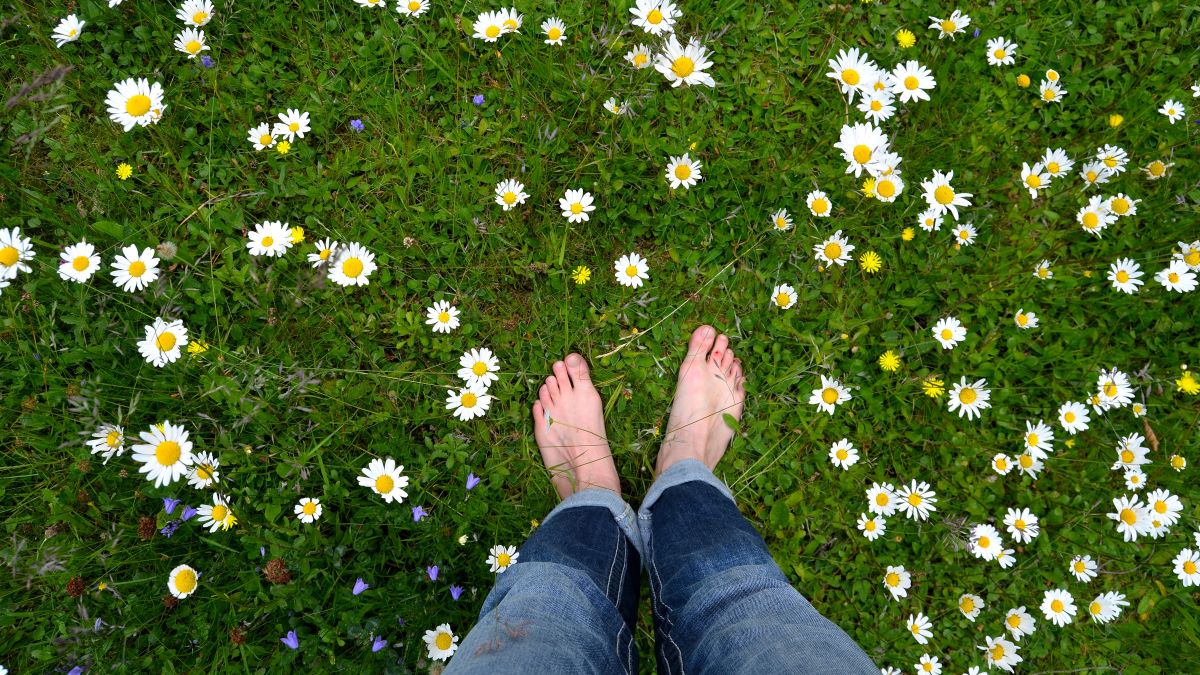
"Maintaining vast areas of monoculture turfgrass leads to significant environmental consequences, using one-third of residential water while contributing to pollution and health risks."
"Alternative lawns, such as drought-resistant blends or ground covers, offer a sustainable solution while still fulfilling the aesthetic and functional purposes of traditional grass lawns."
The article explores the environmental implications of the traditional American lawn, which has become a staple of the American dream. Covering vast areas, turfgrass monoculture consumes considerable resources and contributes to pollution through fertilizers and lawn care practices. Alternatives, like drought-resistant ground covers and mixed plant lawns, provide sustainable options that fulfill the same aesthetic and functional roles while reducing ecological harm. The development of these alternative lawns at Oregon State University indicates a shift towards more sustainable landscaping practices that align with environmental priorities and water conservation efforts.
Read at Earth911
Unable to calculate read time
Collection
[
|
...
]